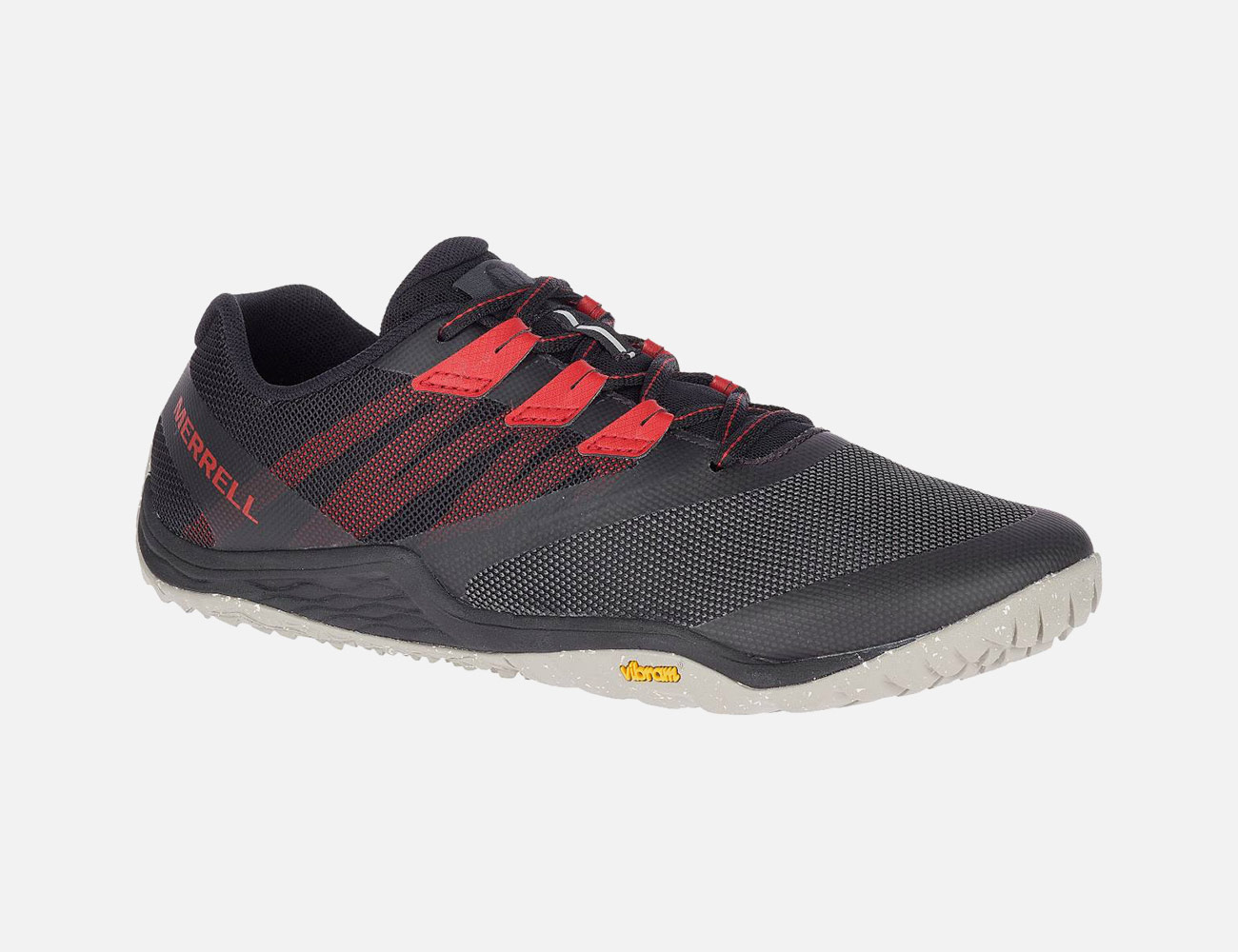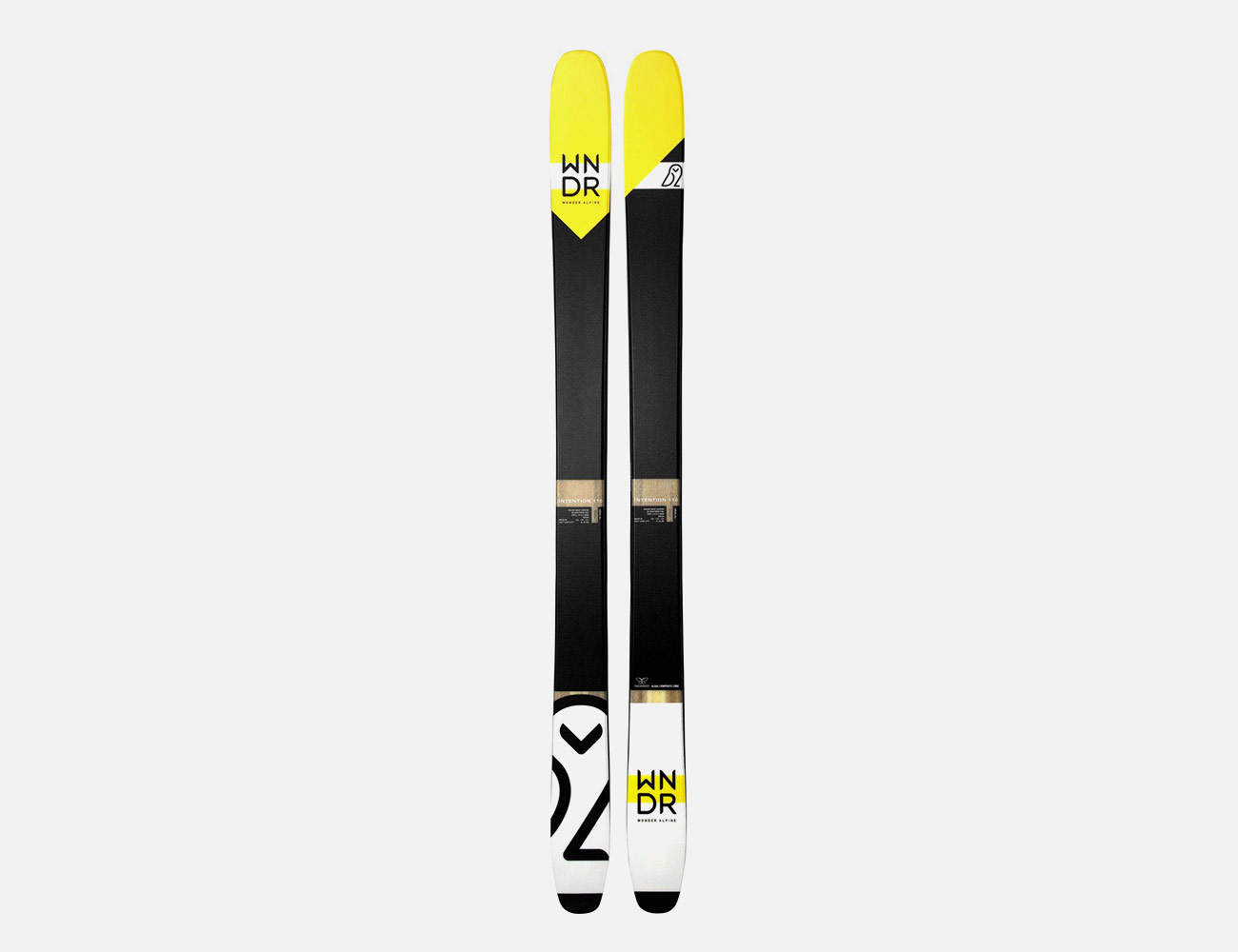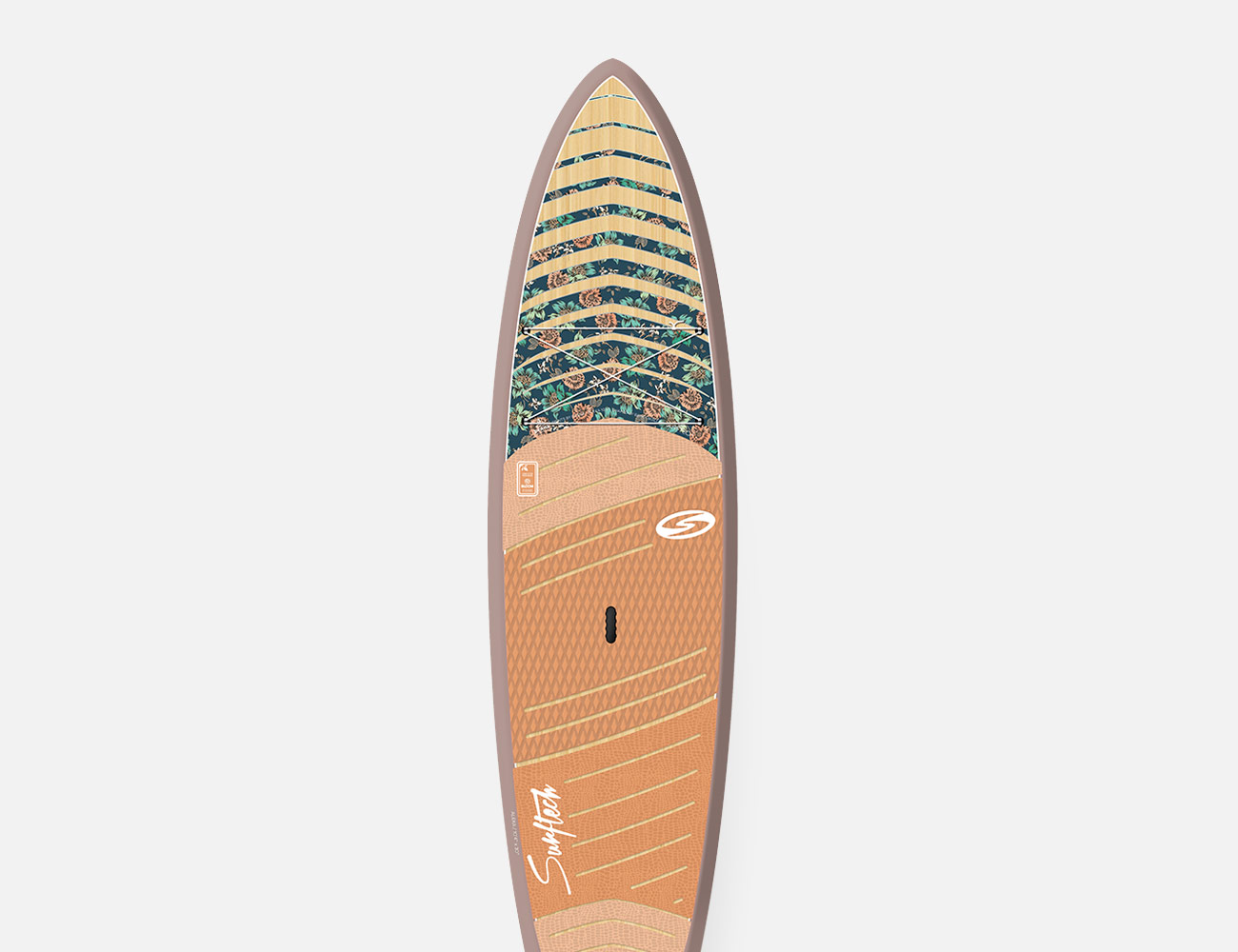Do a blind taste test of an Impossible Burger and a Big Mac and you probably won’t be able to tell them apart. They both taste, feel, and look like beef – and that’s far from coincidence. Impossible Foods uses fermentation to replicate every quality of meat down to the juice that squirts out as you bite, camouflaging the soybeans you’re digesting. Many biomanufacturing companies see this model as the path forward.
“Performance needs to come before impact,” says Matthias Foessel, CEO of Beyond Surface Technologies. “A lot of companies get this wrong. If our fabrics don’t perform we won’t stay alive as a business, let alone succeed in reducing the industry’s carbon footprint. It’s the only business model that works.”
“Performance needs to come before impact. If our fabrics don’t perform we won’t stay alive as a business, let alone succeed in reducing the industry’s carbon footprint.” —Matthias Foessel, CEO, Beyond Surface Technologies
After more than three decades in the textile industry, Foessel is qualified to speak in such candid terms. Beyond Surface Technologies (Beyond ST for short), a Swiss lab with a staff of 10 full-time scientists, is a world leader in green chemistry, creating textile chemicals from plant seeds and more recently, microalgae.
Unlike sustainable fabrics of a decade ago, the lab’s products are engineered to outperform their crude oil peers. Brand partners include Patagonia, Adidas, Levi’s, The North Face and Lululemon, and last year Beyond ST supplied fabric for upwards of 150 million garments, from soccer jerseys to outdoor baselayers.
Growing microalgae in fermentation tanks is a very sustainable process, with lower greenhouse gas emissions and water consumption than oils produced from other sources. Microalgae grown in fermentation tanks efficiently convert sugar into renewable, low-emission oils and materials that go into consumer products.
The process also cuts the ugly parts of manufacturing, like heavy metal extraction and long, carbon-expensive supply chains. This reduces costs while simultaneously reducing the environmetnal impact of the products — and it revolves around tiny organisms like microalgae.
The history of biomanufacturing dates back to the early 1900s, when the first few companies started using biological systems to produce a commercial product. While microbes like yeast had previously been used for thousands of years for things like bread, beer, cheese, pickles and yogurt, they came from wild sources.
The future for algae is bright. Brands like Patagonia, Lululemon, Adidas and Puma that already employ biotech solutions made from plant seeds are likely to adopt algae-based materials with similar or better qualities, opening up a big market for the new and surprising source.
Synthetic creation has expanded, notably for tires during the auto boom, antibiotics like penicillin, and agricultural solutions. While source organisms vary, the rising star is microalgae for its unique ability to allow precision production of better performing and more sustainable oils.
“Our life cycle assessment shows an eighty percent reduction in carbon compared to synthetic materials, but this won’t sell a fabric by itself,” observes Foessel. “There are many other factors necessary for us to get into established mills and factories. We needed to be plug-and-play for machines they already have. You can’t sell a fabric just on impact.”
The textile supply chain, like other commodities, is driven by cost. Foessel knew his fabrics had to stay within a small marginal upcharge, which he estimated at 0 to 4 cents per garment, while taking away other potential excuses. Beyond Surface Technologies got its first break during the 2014 World Cup, working with Adidas to create jerseys for many national teams, including Germany, the eventual winners.
These days, it’s safe to say the future for algae is bright. Brands like Patagonia, Lululemon, Adidas and Puma that already employ biotech solutions made from plant seeds are likely to adopt algae-based materials with similar or better qualities, opening up a big market for the new and surprising source.
Meantime, a lot of other products are already manufactured from algae-based materials (or will be very soon). Here are a few of our favorites.
Merrell Trail Glove Shoe
A simple and utilitarian trainer intentionally built for durability, from algae. Through a partnership with Bloom, a supplier of low-density foam for shoes made from algae, Merrell designed this ultralight trainer to enhance the foot’s ability to stabilize during movement, while reducing their impact. Bloom works with other footwear makers including Altra, Billabong, and Red Wing, too.
WNDR Alpine Intention 110 Skis
One of the most versatile backcountry skis in the world, the Intention uses an algal composite from materials company Checkerspot, vertically laminating it along the length of the ski to create stability, without adding the weight. This makes long tours and big climbs a lot more fun. The ski shape compliments the materials within, using a design that’s great in an array of snowpacks.
Surftech Aleka Tuflite V-Tech SUP
This stand-up paddler doesn’t only look gorgeous and provide a versatile ride that can handle flat water cruising and small to medium waves with equal aplomb. It has also been verified Level One by Sustainable Surf’s ECOBOARD Project for its use of bio-based resin and BLOOM (20 percent algae biomass based) foam.
Tommy Hilfiger Sport Apparel
Built for a variety of uses from running to hanging around home, Tommy Hilfiger’s sport collection uses the same wicking material from Beyond Surface Technologies to create a next-to-skin layer that keeps you cool and comfortable, and is made from algae. The fabric is designed to outperform materials from crude oil in nearly every way – feel, longevity, and breathability.
Patagonia Capilene Cool Daily Shirt
This performance knit tee made with a plant seed based wicking finish is popular among hikers, runners, skiers and bikers. Future iterations not available will employ an algae solution that helps the garments breathe and dry faster, keeping you cool in hot conditions. Mammut uses the same material in its tees too.










